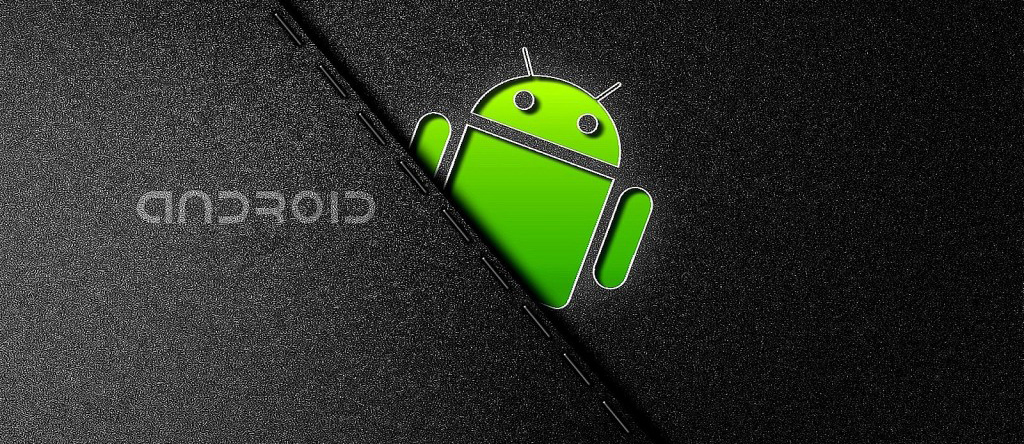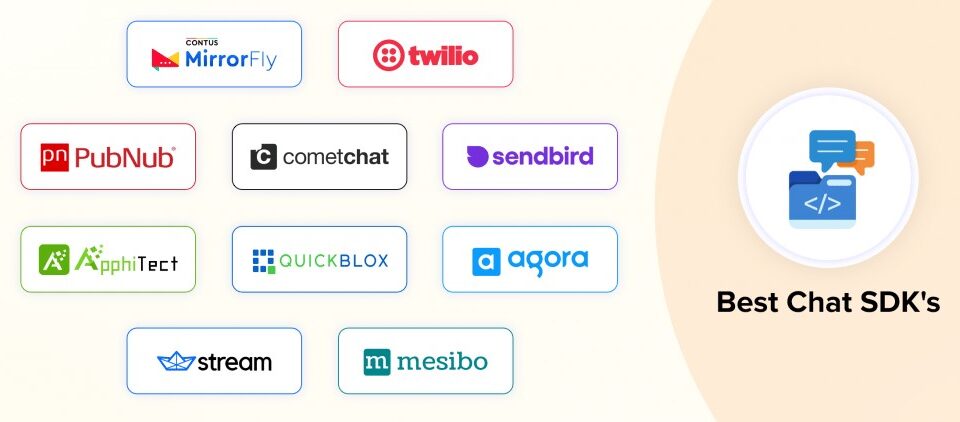What’s the Latest Version of Android?

How to test Web Applications using Selenium?
27th November 2019
10 BEST DRAG & DROP PAGE BUILDERS FOR WORDPRESS
2nd December 2019Android can be confusing. There are a lot of different versions, and many of them are still running on devices today. Keeping up with the latest version can be a challenge, but fret not—we have you covered.
Major Android versions are generally released once per year (though it wasn’t always like this), with monthly security updates released in between. Occasionally, Google also releases point updates (.1, .2, etc.), though those generally come without regularity. Oftentimes, more significant updates that aren’t quite as significant as full version releases warrant a point update—like the update from Android 8.0 to Android 8.1, for example.
Alongside every version of Android is a code name, which many people use instead of the version number. Each one is named after a dessert or some other form of confection, which is more for fun than anything else.
A Brief Android Version History
We thought it fitting to give a brief rundown of each Android version on the accompanying code name and release date. You know, for completeness.
- Android 1.5, Cupcake: April 27, 2009
- Android 1.6, Donut: September 15, 2009
- Android 2.0-2.1, Eclair: October 26, 2009 (initial release)
- Android 2.2-2.2.3, Froyo: May 20, 2010 (initial release)
- Android 2.3-2.3.7, Gingerbread: December 6, 2010 (initial release)
- Android 3.0-3.2.6, Honeycomb: February 22, 2011 (initial release)
- Android 4.0-4.0.4, Ice Cream Sandwich: October 18, 2011 (initial release)
- Android 4.1-4.3.1, Jelly Bean: July 9, 2012 (initial release)
- Android 4.4-4.4.4, KitKat: October 31, 2013 (initial release)
- Android 5.0-5.1.1, Lollipop: November 12, 2014 (initial release)
- Android 6.0-6.0.1, Marshmallow: October 5, 2015 (initial release)
- Android 7.0-7.1.2, Nougat: August 22, 2016 (initial release)
- Android 8.0-8.1, Oreo: August 21, 2017 (initial release)
- Android 9.0, Pie: August 6, 2018
- Android 10.0: September 3, 2019
As you can see, the update system was without any sort of regularity early on, but the Ice Cream Sandwich era started the yearly OS version update schedule.
A few other fun notes:
- Honeycomb was the only tablet-specific version of Android, and it ran alongside the Gingerbread build for phones. The separate phone and tablet OSes were then combined starting with Ice Cream Sandwich.
- Ice Cream Sandwich was arguably the most dramatic update to Android to date. It not only combined the tablet and phone versions of the OS, but completely overhauled the look and feel of the system.
- Google initially released developer-focused Nexus devices to highlight each Android version’s power. This eventually evolved into the consumer-focused Pixel device line we have today.
- Android KitKat marked the first time Google teamed up with a commercial manufacturer for an Android release. They did it again for Android Oreo.
The Latest Version of Android is 10.0
The initial version of Android 10.0 was released on September 3, 2019 on Google’s Pixel devices.
Unlike previous versions of Android, this version doesn’t have a cute dessert name—or any other type of name beyond the version number. It’s just “Android 10.” Google still plans to use dessert names internally for development builds.
Android 10 features a number of updates and new features over its predecessor, including revamped gesture navigation, a system-level dark mode, better permission controls, more system security updates delivered through Google Play





